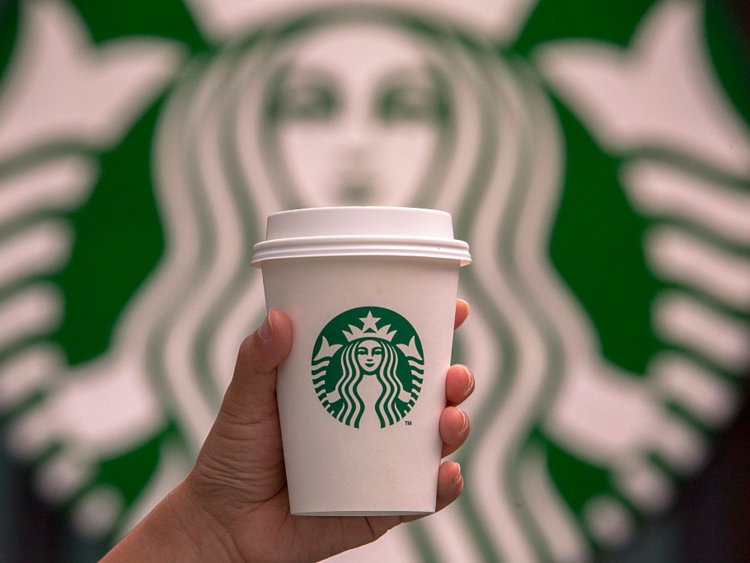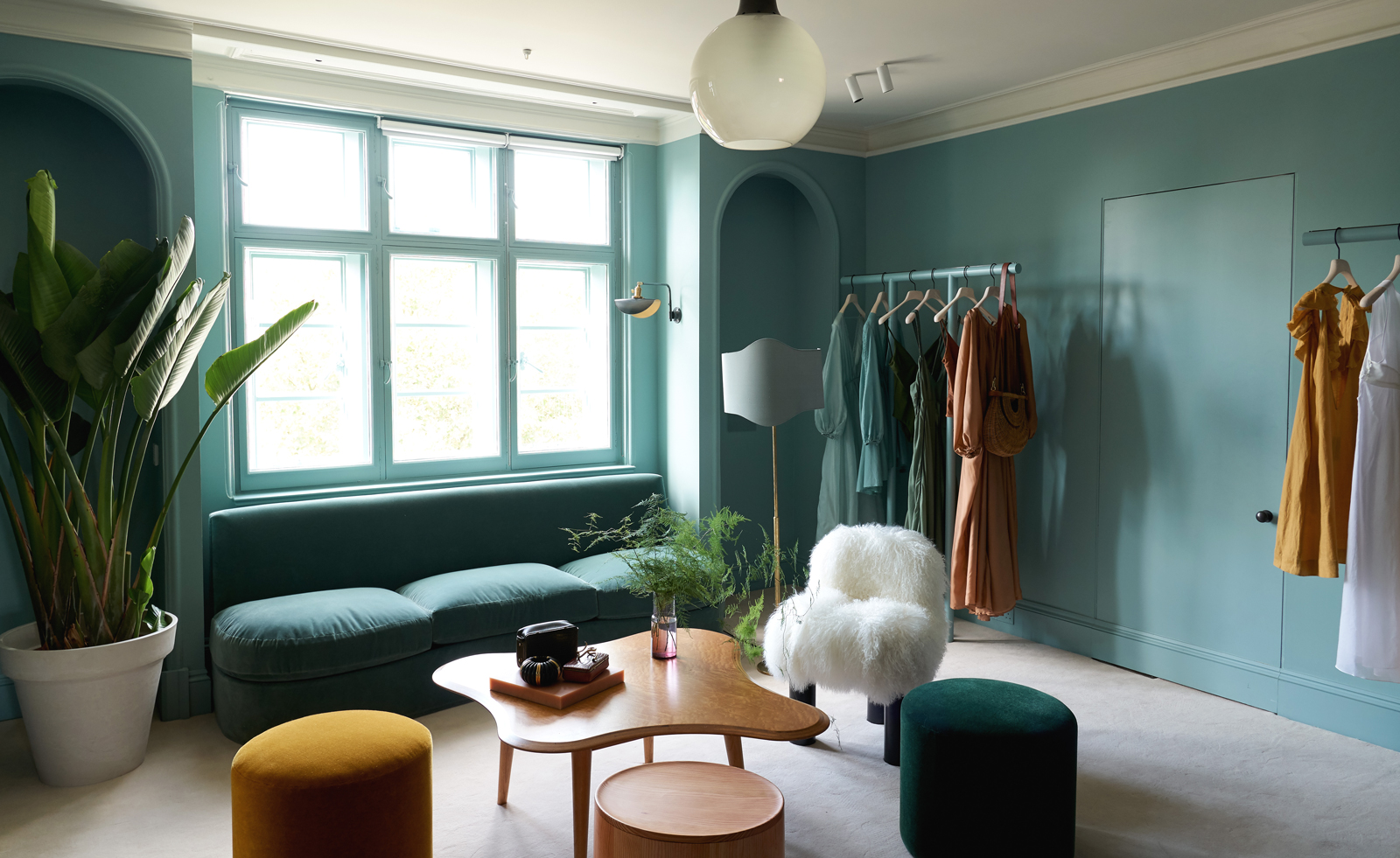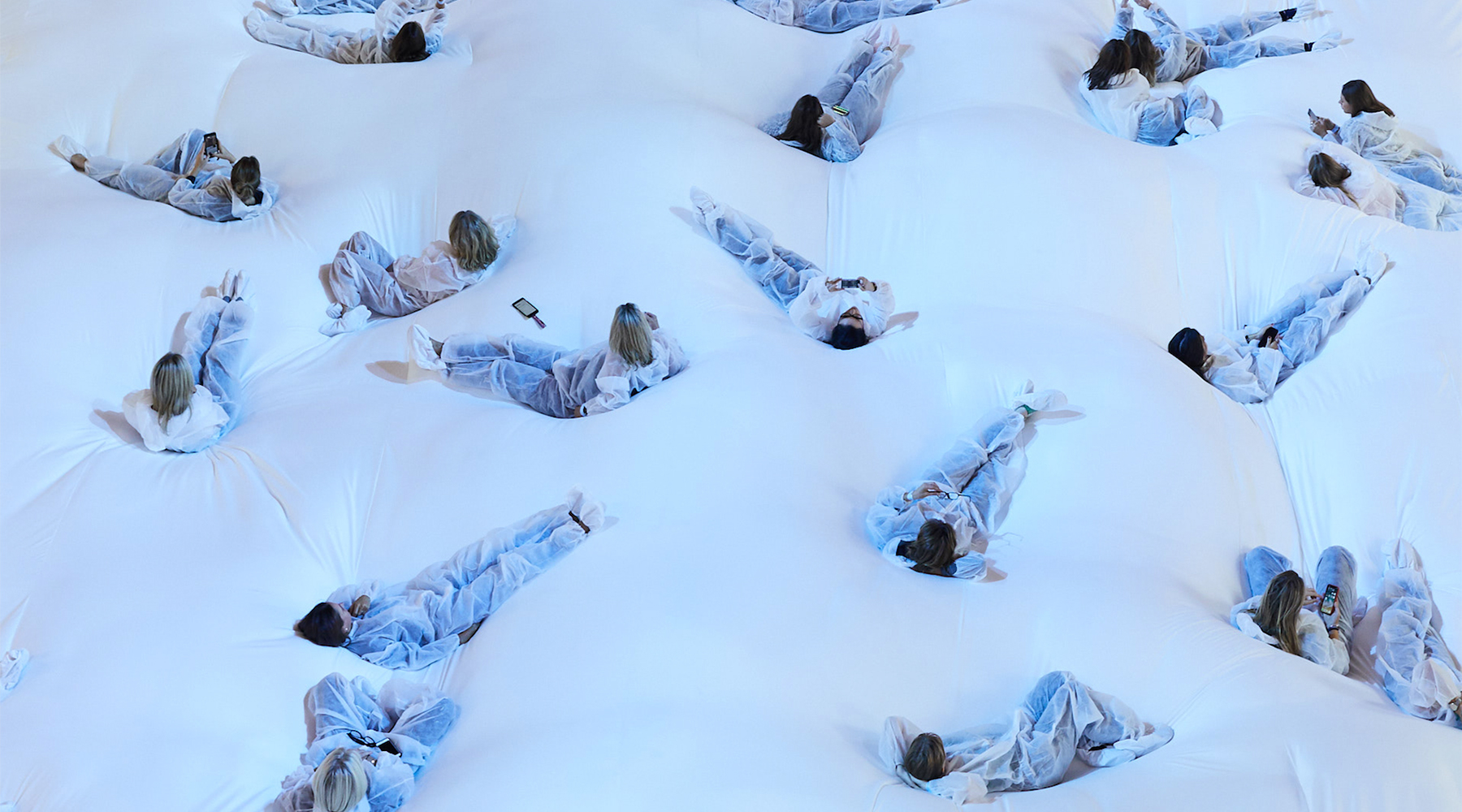Becoming More Human

Realigning brand strategies
“As the breadth of retail trends grows exponentially, we have come to witness brands evolving their strategies to put their consumers at the forefront.”
Only a minute amount of time has passed since we witnessed the ‘retail apocalypse’ headlines which would supposedly bring an end to stores across the globe. And yet, despite its recent delivery and professional forums, we already appreciate that this comment on retail is far too simplistic.
Instead, we’ve come to understand that whilst stores in their current format are insufficient for survival, the concept of physicality in retail is far from dead.
In fact, considering the latest statistics which highlight a preference for in-store purchases and many online retailers opting for brick-and-mortar locations, it appears that the true threat is not to the store itself, but the retailers whom refuse to realign their strategies with modern trends.
Fundamental to this evolution of retail is the consideration for major shifts in human behaviour and consumer demand. We discuss how todays brands are strategically curating a presence which appeals to more than the shopper, but the human.

1.0 Appealing to the senses: The psychological affect
One of the greatest motivators behind a physical store is the engagement of the senses, a factor which e-commerce platforms are yet to compete with. Whilst these sensorial engagements may be hard to characterise, they are ultimately driven by meaning experiences which have visual, physical and emotional impacts on the consumer. Understandably, in this case, the store is the truest form of connecting with a consumer across all senses.
In modern day, retail marketing goes far beyond the question of digital vs physical and instead looks deeper into the mindset of a consumer; discovering the opportunity for appealing to an audience on a fundamental, psychological level. With an over-saturated market, consumers look to brands which cut through the noise and deliver an experience which influences emotion.
Starbucks is a great example of sensory marketing to the consumer. Do we truly believe that Starbucks has the greatest coffee? Potentially not. However, what we can believe is our sense of comfort when face-to-face with a Starbucks coffee shop, surrounded by their aromas of coffee, familiar earthy tones and gentle music. In this case, our senses our piqued by this familiarity and we have a sense of security when visiting a Starbucks hub, potentially regardless of our feelings towards the product itself.
However, when considering multi-sensory experiences, there is no ‘one-model fits all’ and it is crucial that the experience focuses on being on-brand, rather than on-trend. When Lloyds Bank in Clapham Junction turned to scent marketing to build upon a welcoming and inviting feel, questions were raised around the relevance of such marketing in the banking industry. As consumers, we want our senses to be stimulated as we shop, but we also demand relevance to this type of marketing.
The opportunity for retailers to appeal to the five senses is there for the taking, but the success is in the detail. We want to see the translation of critical brand characteristics into sensory experiences, ones with connect with us on a much deeper level than the transactional.

2.0 Cultivating Experience: The method of co-creation
As humans, we are becoming less and less satisfied by the mundane experiences in life. Whilst not always referring to ourselves as ‘thrill seekers’, there is a sense that we are all striving for excitement, particularly experiences which exceed the norm. This level of dissatisfaction with the mundane is reflected in our roles as consumers. We are uninterested in the supply of products to a mass market and crave not only a tailored shopping experience, but an opportunity to be part of the co-creation.
When Matches.com opened their private townhouse at 5 Carlos Place in Mayfair, the concept of a personalised luxury experience was significant. Whilst acting as a physical embodiment of their online store, it is also an incredibly social space where lifestyle is merged with fashion purchases, creating an organic experience for the consumer. Along with beautifully designed personal shopping suites, Matches.com cultivate the human experience with a dedicated event space, supper-clubs for the evening guests and a general food and drink space which hosts a rotating calendar of chefs. Cutting right into the intersect between fashion, lifestyle and experiences, the brand makes a major manoeuvre into the humanisation of luxury fashion.
Similarly focused on personalised experiences is modern furniture brand Made.com. Understanding that the purchase of home furnishings often relies on image research and consumer recommendations, they limit their showroom space to a select number of products and instead rely on their ‘Unboxed’ community to create an inspirational platform. To add to this, their Made Talent Lab allows hopefully designers to submit work for designers and consumers to vote on, with the chance to have their product sold and thus provide unrivalled exposure.
Across both examples, the concept of co-creation and personalised experiences, against the backdrop of brand ownership, is evidently providing consumers with a heightened shopping experience. Stepping away from the heavy focus on mass product and high-return transactions, there is an overtly human interaction, from the thrill of supper in a luxury townhouse through to the amount of likes on an Unboxed post. These experiences are not only customer-centric, but human-centric.

3.0 Becoming Mindful: The focus on wellness
Despite retail maintaining roots in the transactional experience, retail design is centred around human behaviour. It is the understanding of what a human wants and desires, followed by the creation of an experience which speaks to fundamental human needs. Whilst the concept of wellness has been around for some time, the knowledge of how retailers and brands can promote wellbeing through retail has become fundamental in modern day.
We discussed the concept of wellbeing in our Wellness Economy whitepaper, but as we continue into 2020, this kind of self-philosophy and holistic mindset is only further evolving. South Korea has made pivotal steps towards indorsing wellness with their launch of Healing Cafes – a cultural movement which has seen urban environments transformed into recharge spaces. As Seoul entrepreneurs began to realise the lack of public spaces for relaxing, the concept of healing cafes arose, taking individuals away from the stress of their daily lives; even if just allowing themselves an hour to wind down in a relaxing atmosphere.
Unlike many dwell spaces in retail which take the shape of coffee shops within bustling stores, these Healing Cafes focus on entirely on human recuperation. With the inclusion of nap-pods, massage chairs, soothing music and calming scents, the cafes promote the concept of ‘switching-off’ without any form of retail. However, despite their lacking of product and transactional experiences (other than the price of the restful hour), brands can learn from South Korea’s cultural movement when discovering opportunities for becoming more human.
In a world where we are overcome with busy schedules, a wealth of choice and little time to slow down, retailers are answering our demand for relaxation with a focus on wellness in the physical space. As we find ourselves lacking the capability to recharge, even in our own homes, these healing spaces and general switch-off environments are fundamental to modern lives.

4.0 Our Perspective
In 20 years, we believe there will be fewer stores, but there will also be better, more engaging stores which focus on bolstering human experience. Those brands whom realign their strategies to encourage psychological responses and a sense of co-creation will thrive in modern retail.
Request the full article
"*" indicates required fields